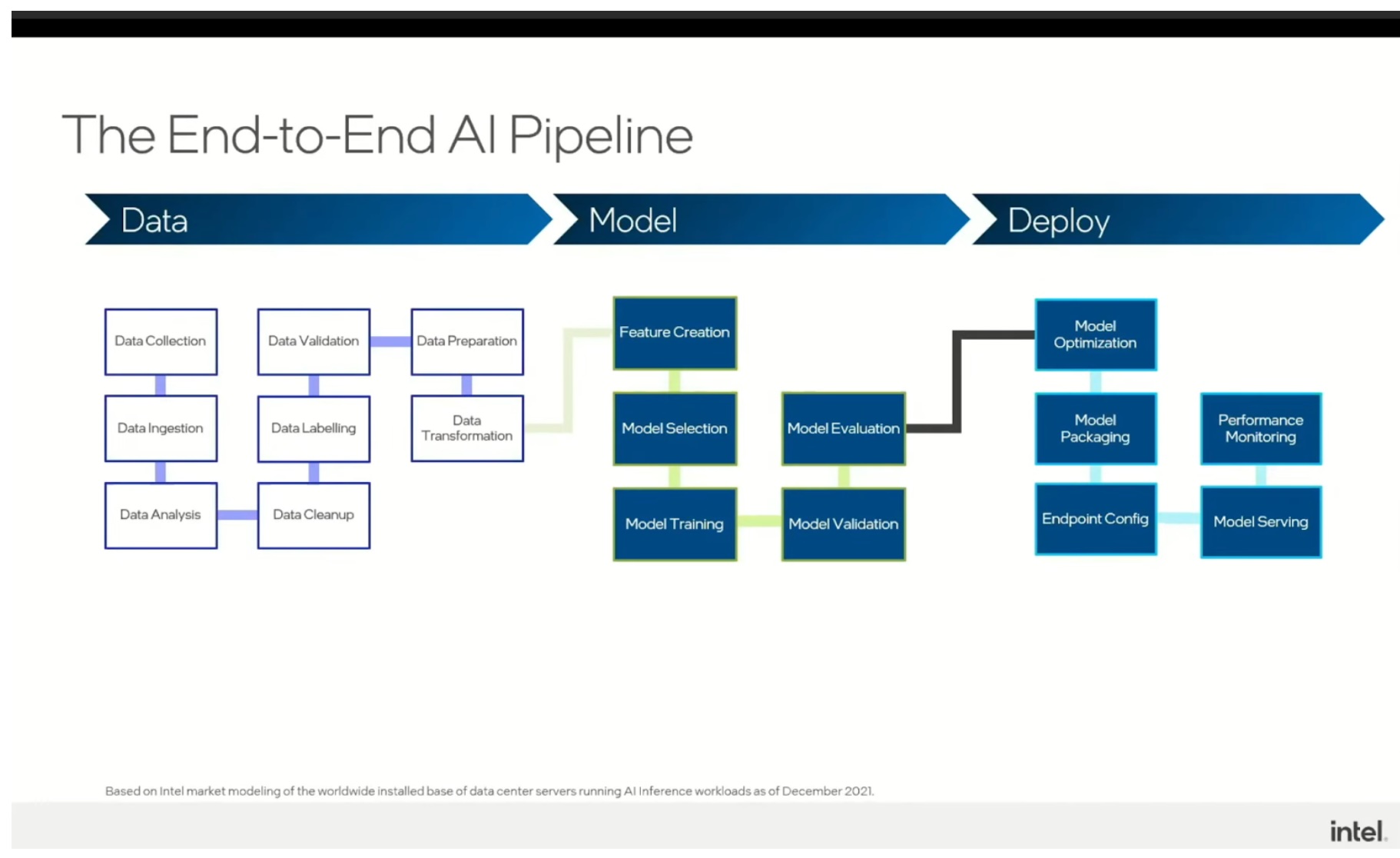The race for the fastest Ethernet switching is heating up. I can remember a time not long ago when the idea of 40 Gigabit Ethernet (GbE) was barely on the drawing board. Now, we have 25, 50, 100, and even 400GbE. There are a lot of companies that are pushing 400GbE to large organizations today.
Why would we need to go that fast? Isn’t it hard to push 100GbE today? Well, that might be true in some cases but it won’t be for long. The real issue is that the looming data drivers of tomorrow are going to need a lot of bandwidth to be effective. Think about something like the new 5G mobile standard. The speeds in 5G are crazy to say the least. Now multiply that single-device bandwidth by the number of users that will soon be using them in earnest. The number gets pretty high in a hurry.
Also of concern to networking teams is the growing need to provide sufficient bandwidth for machine learning (ML) and artificial intelligence (AI). Both of these research areas are producing amazing results with regards to data collection and analysis. Almost every security or monitoring product being sold today has adopted AI or ML in some way. However, the bandwidth requirements needed to get those systems talking to each other with the lowest possible latency are huge. You have to make sure these hungry services have all the room they need to grow.
How do you provide that bandwidth though? Right now, you can buy switches from your favorite first-tier vendor. Cisco and Arista will both sell you a 400GbE-capable switch. They’ll also charge you for that privilege too. What’s funny is that there are 400GbE offerings available from other vendors, such as Broadcom’s new Tomahawk 3 chipset. However, if you buy that chipset from a company like Edgecore you’re only getting the hardware. Part of the increased cost of the Cisco and Arista designs comes from IOS and EOS, respectively. If you want to have the highest performing switch, you’re going to be paying for the software and the hardware bundled together, right?
The ArcOS Option
Arrcus is a company that I have covered before here during their launch last year. They are a third-party OS that offers all the features of IOS or EOS on a platform that can be installed anywhere. And I do mean anywhere. I had the chance to sit down and talk to Devesh Garg and Murali Gandluru about what they’ve been up to.
Arrcus is really trying to capture the whitebox market and make it easier for companies to have an offering that competes with Cisco and Arista. Rather than taking the track of someone like Facebook with OCP and FBOSS, Arrcus has developed and deployed ArcOS. ArcOS is a full-featured network operating system that has plenty of features that users will appreciate. In addition to the standard functions that you would expect from a switching and routing operating system, you also get up-to-date offerings like:
- Segment Routing
- gNMI
- gRPC
- And more
These are all hot new concepts that are getting a lot of traction in the service provider networking space. Why would you want them in your enterprise?
When you think about it, large enterprises are really focused on providing services to their users. Instead of simply being a cost center that pushes data back and forth, IT needs to look like a provider for their consumers. They need to focus on uptime and delivery. And that means offering the kinds of services that keep things running and optimize service delivery.
Arrcus enables these features on the Broadcom Tomahawk 3 chipset without the need to pay the higher costs associated with other vertically-integrated vendors. And because ArcOS offers you the flexibility to be deployed on a variety of platforms in your network, you don’t have to worry about getting crossed up when one portion of your network only supports a data center flavor of the operating system while the WAN edge only supports the “standard” version.
What does ArcOS really offer when it comes to this new 400GbE platform? Well, speed for one. ArcOS offers 60% lower latency for their use cases than the competition. ArcOS also offers traffic-aware scheduling for flows. You can do dynamic load balancing of traffic to your application endpoints. This means that your network can get out of the way of your users and let them access their critical applications faster. And those data hungry services that were mentioned above? They have the room they need to grow and expand as they come online to increase productivity.
Bringing It All Together
Arrcus is making waves in the whitebox space by offering the kind of operating system that you want on a switch without the need to put it together yourself. Their platform flexibility gives you the opportunity to try it out and then deploy it as needed to bring fast new switches online as needed to bring high speed data transfers to your users. That means happier consumers and less headaches for you. And the consistent tools that Arrcus offers for monitoring and maintaining those devices means that you’ll spend less time worrying about things and more time planning for how you’re going to prepare for the next big trend. But I’m pretty sure that Arrcus will be ready to help you out there too.




